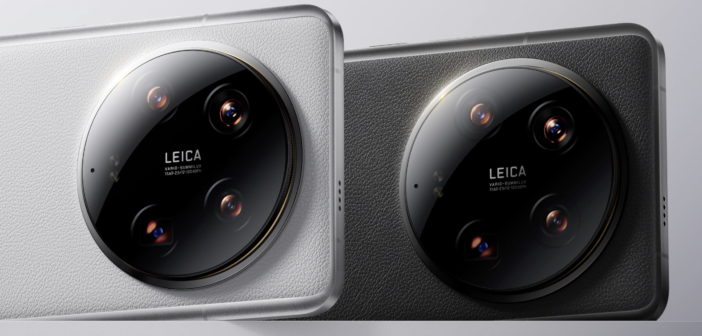It’s been clear in recent times that Xiaomi’s made a bit of an effort to stand out in the flagship smartphone segment, thanks to a renewed focus on pumping out premium-tier handsets – this is most obvious with the arrival of this year’s Xiaomi 14 series, with the 14 Ultra sitting at the very top in Xiaomi’s Android throne. As such, the Chinese tech giant recently made waves during the Mobile World Congress in Barcelona following the inernational launch of the Xiaomi 14 series, which is now available for more markets worldwide.
Xiaomi has equipped its new phones with a various set of hardware and software features, which do set them apart from competing brands in the very crowded Android smartphone landscape. So what can we expect from the Xiaomi 14 series?
Meet the Xiaomi 14
Right off the back, the Xiaomi 14 packs a relatively-compact 6.3-inch OLED display with up to 3,000 nits of peak brightness and 120Hz refresh rate, and also houses the 32MP selfie camera. On the back you’ll find a triple-camera setup with a 50MP main sensor, 50MP telephoto lens, and 50MP ultrawide lens. If the Xiaomi 14 kinda looks familiar, that’s because it builds on the design language established by Xiaomi with the Xiaomi 13 from last year, especially with the clean lines and minimalist camera bump. Don’t let this fool you however, as the phone does come with other considerable upgrades.
The Xiaomi 14 runs on the latest Android 14 software, although this is layered with a healthy dose of HyperOS, Xiaomi’s new custom Android UI that succeeds its earlier MIUI skin. HyperOS does come with a wealth of Xiaomi-exclusive apps in addition to third-party software, as well as a wealth of customizability options for personalization. For software support, the company does promise up to four years major Android platform upgrades.
For performance, the phone features Qualcomm’s newest Snapdragon 8 Gen 3 chipset – It’s unsurprising to see the 8 Gen 3 on here, given that it’s this year’s go-to SoC for a lot of Android flagships. Still, it’s a solid chip that should provide the Xiaomi 14 with all the processing power, graphical performance, as well as AI capabilities that it needs for day-to-day usage. It’s priced starting at £849 for the base model with 12GB of RAM and 256GB of internal storage, and will be available in black, white, and green.
Xiaomi 14 Ultra: Premium Design
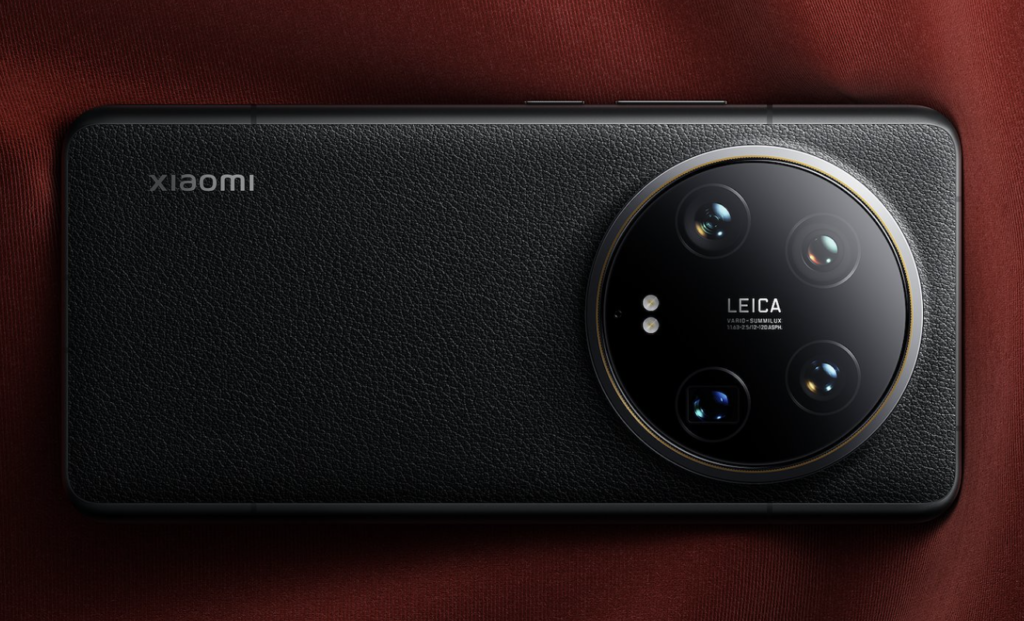
Moving along, we go to Xiaomi’s crown jewel for its 2024 smartphone lineup, the Xiaomi 14. As far as smartphone build quality is concerned, the 14 Ultra is undoubtedly one of the most premium smartphones Xiaomi has launched in recent times. The company says that the devices is engineered around the “Xiaomi Guardian Structure,” which is comprised of a durable aluminium frame, Xiaomi “nano-tech vegan leather”, as well as Xiaomi Shield Glass. A lot of buzzwords for sure, but it’s nice that the phone goes beyond the usual glass-metal sandwich combo on most handsets.
This design surrounds the massive 6.73-inch display, which features an LTPO AMOLED panel with up to 3,000 nits of peak brightness, in addition to a 120Hz refresh rate, and support for HDR 10+ and Dolby Vision.
A Focus on Imaging Capabilities
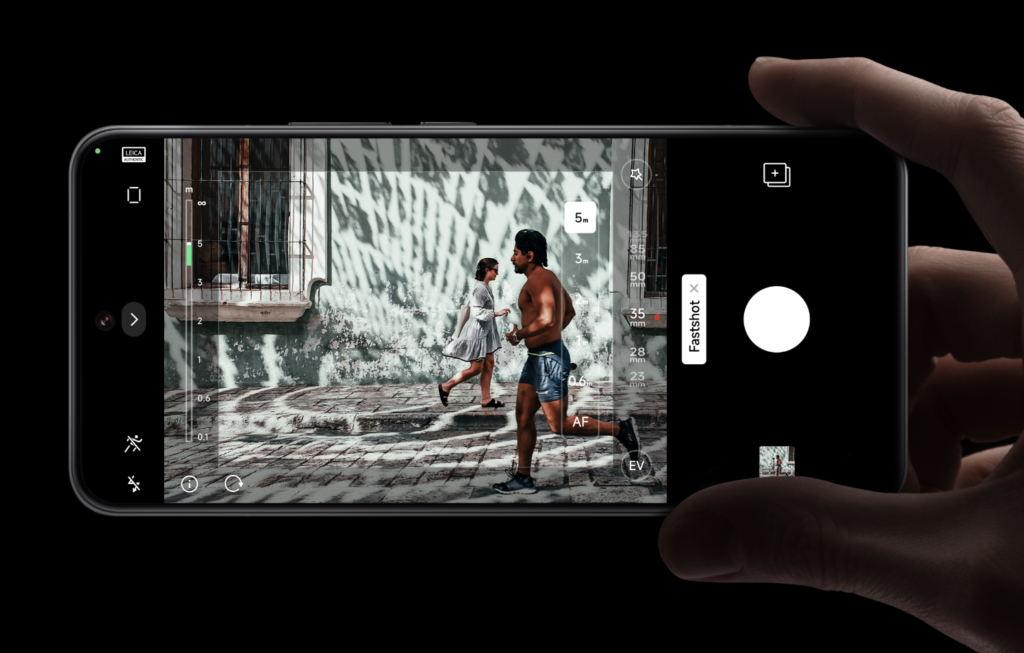
Xiaomi’s ongoing partnership with Leica has proven to be effective in elevating the brand’s status beyond just that of “another” Android manufacturer – and it’s not just simply slapping the Leica logo in the 14 Ultra. The phone comes with an impressive camera hardware and software setup, which Xiaomi says was closely developed with Leica.
There’s a quad-camera module on the phone’s rear panel, which consists of a 50MP f/1.6, 23mm main lens, a 50MP f/2.5, 120mm periscope telephoto lens, a 50MP f/1.8, 75mm telephoto lens, as well as a 50MP f/1.8, 12mm ultrawide lens. In front you’ll find a single 32 MP, f/2.0, 22mm lens for selfies and video calls. Based on hardware alone, it’s clear that Xiaomi has gone all-out with its camera setup – of course, software plays an important role as well in this case.
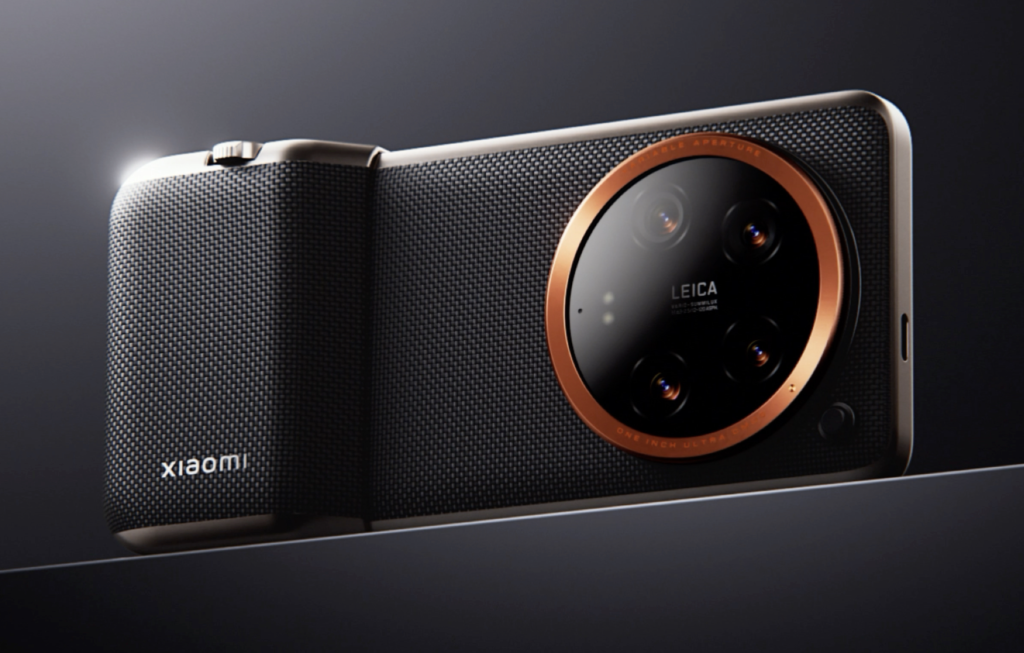
Cooked into the 14 Ultra’s camera software are several modes which are designed to help users improve on their mobile photography and videography experiences. These include “Movie Mode” which gives users access to a 2.39:1 aspect ratio with a cinematic look and motion blur, a MasterCinema features that encodes HDR videos in 10-bit Rec.2020, Director mode for a more “professional” grade interface with parameter controls, and even support for Log format recording for post-production editing.
Xiaomi has also launched an exclusive Xiaomi 14 Ultra Photography Kit for enthusiasts, which offers a dedicated grip and case, a two-stage shutter button, a zoom lever, a customizable video recording button, and an additional custom dial. It also doubles as an external charging battery bank with an extra 1500 mAh capacity onboard.
Internal Specs, Price and Availability
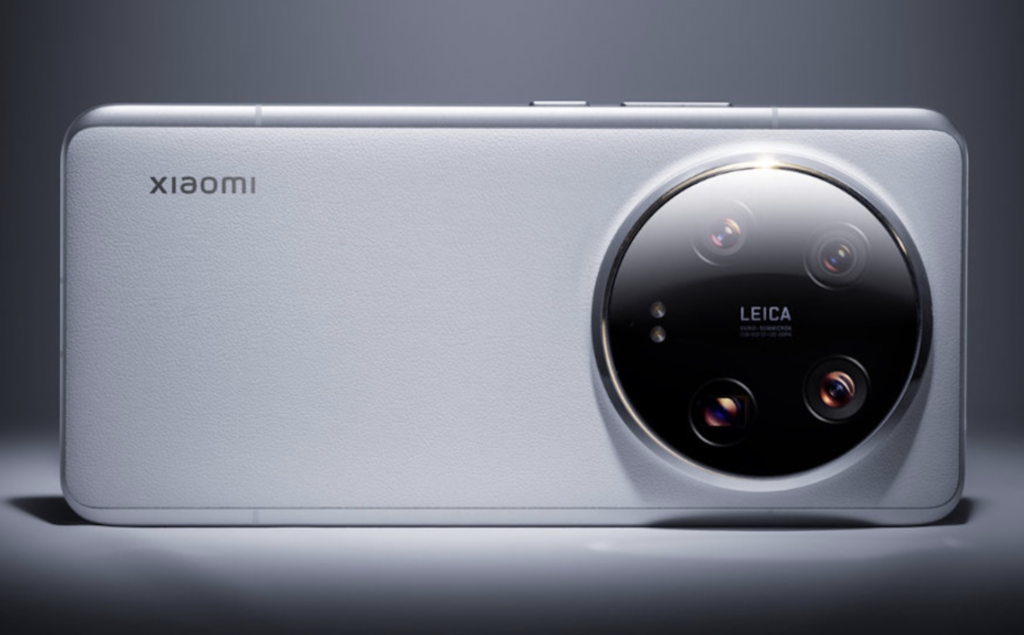
Similar to its younger sibling, the Xiaomi 14 Ultra also runs on the latest Android version 14 with HyperOS, as well as the Qualcomm Snapdragon 8 Gen 3 chipset. For battery, the phone is powered by a 5,000 mAh capacity battery, with support for 90W fast-charging and 80W wireless fast-charging.
Xiaomi says that the global variant of the 14 Ultra will come in a single storage configuration of 16GB RAM & 512GB storage, and will be available in black and white variants, costing at £1299. The company adds that buyers who purchase between 25th February 2024 and 18th of March 2024 will receive a free camera kit, and £300 to spend on Xiaomi ecosystem products.

